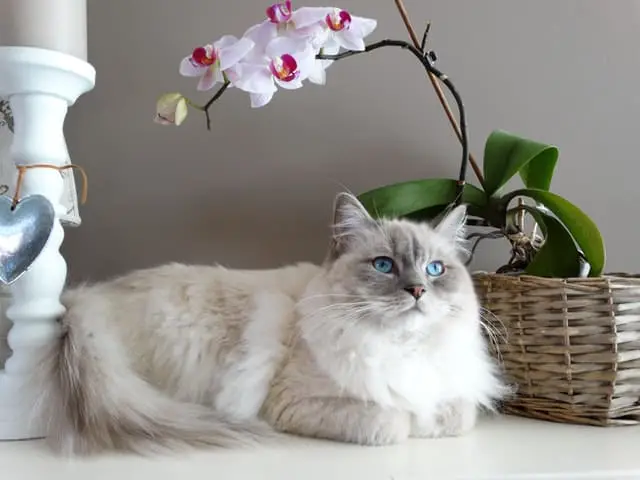
There are times when the cat sheds more hair than usual: in these cases it is important to understand what the cause is and when to contact the veterinarian.
It often happens to those who live with one or more cats in the house: domestic cats suddenly begin to shed much more hair than usual, filling clothes, sofas, furniture throughout the house with clumps.
Often when we find so many hairs around we worry about the health of our cat: there are cases in which the cat loses more hair than usual for physiological reasons, but in other cases it is plausible that there is something wrong.
In particular, the loss of hair in cats is usually linked to stress and traumatic changes for the cat: in this article we explain when you need to start worrying and contact the veterinarian.
The cat sheds more hair than usual: causes and signs that should not be underestimated

When the cat is stressed it is absolutely normal for it to lose its hair: it is a physiological mechanism that is activated when the cat is worried or scared about something, for example when we take him to visit the vet.
However, when the cat calms down, the problem should subside: if that doesn’t happen, and your cat continues to shed more hair than usual, his stress is probably too high!
The most common causes of stress in cats are usually to be found in situations that break their usual routine, including for example:
– the cat gets nervous when we take him to the vet,
– a child, a new person or a new pet arrives in the family,
– the cat is moved to a new house,
– the cat is stressed out due to a too noisy environment and chaotic.
But when can we say that my cat’s hair loss becomes excessive? Here are the situations in which you should be concerned about the cat shedding more hair than usual:
1. The cat tends to lick itself in a constant and obsessive way in an attempt to clean itself. Sometimes, it could even bite, scratch and tear further the hair in strands: these symptoms are typical of cat allergies.
2. The tufts of fur that you find around are damp, mushy and sticky: it could be a sign of the presence of intestinal problems of the cat. Other typical symptoms are vomiting, constipation and diarrhea in cats.
3. The cat has areas of the body completely devoid of hair: feline alopecia could be caused by even serious skin diseases, such as scabies.
4. A sudden change in behavior is always worth keeping an eye on: if the cat sheds more hair than usual and has become aggressive, it is possible that he is feeling threatened by something or someone and his anxiety has reached guard levels.
5. When a cat sheds a lot of hair due to stress and also has problems toileting in the litter box, there may be a urinary tract disorder, but also kidney disease, feline diabetes or bladder stones. Find out if there is a lot of hair loss around your cat’s genital area.
How to control stress in cats
There are a number of little tips and tricks that can help you keep your cat’s stress levels under control, which also positively impact the excessive hair loss related to this factor:
– When you take your cat to the vet, make sure you have your favorite cat toy with you: the atmosphere will immediately be more familiar and will help to reassure your feline friend.
– During the visit, but also in the waiting room, continue to caress and reassure the cat with your presence.
– He Harnesses the principles of positive reinforcement, gradually introducing stressors into the cat’s routine giving him rewards when he is not showing anxiety and agitation.
– Help your cat prevent any allergies through a healthy and balanced diet.
– If your cat is agitated by a certain event, give him the time and space to calm him down.






